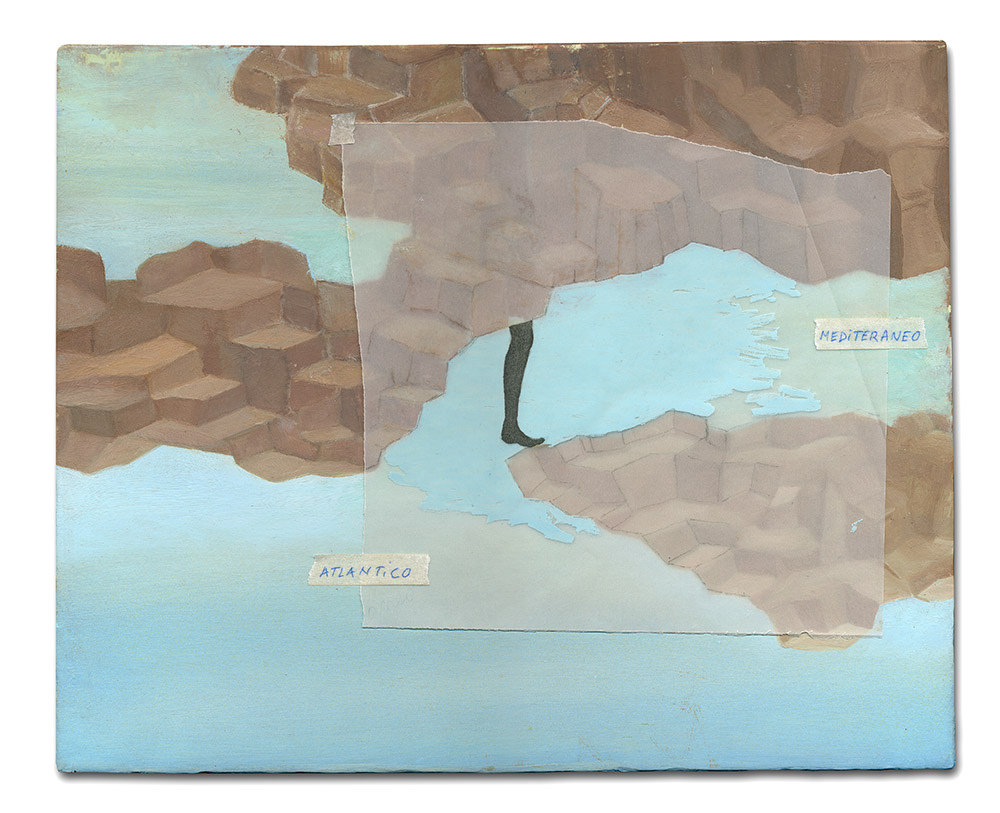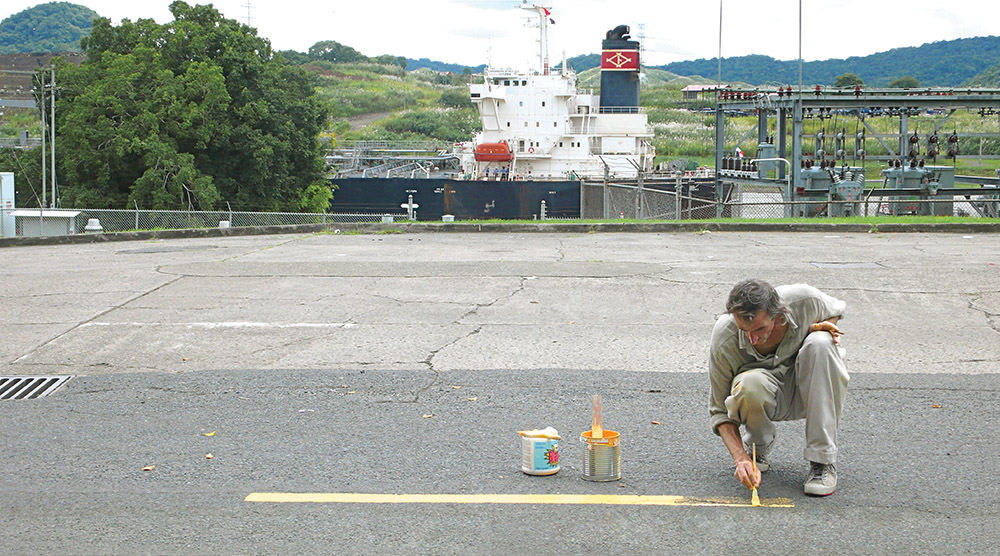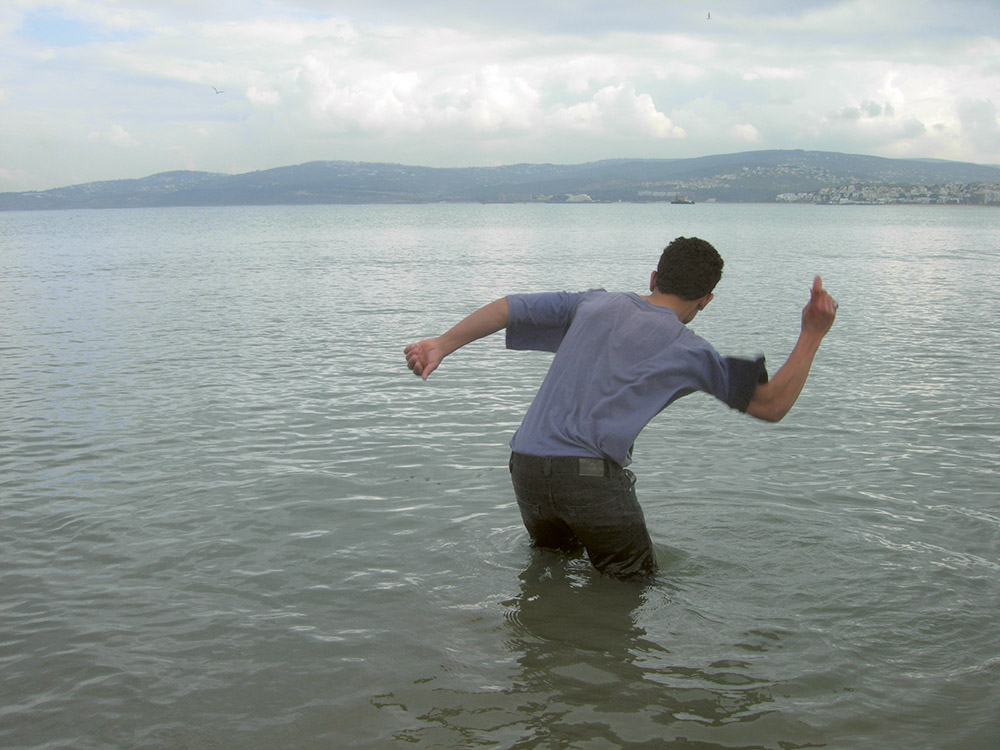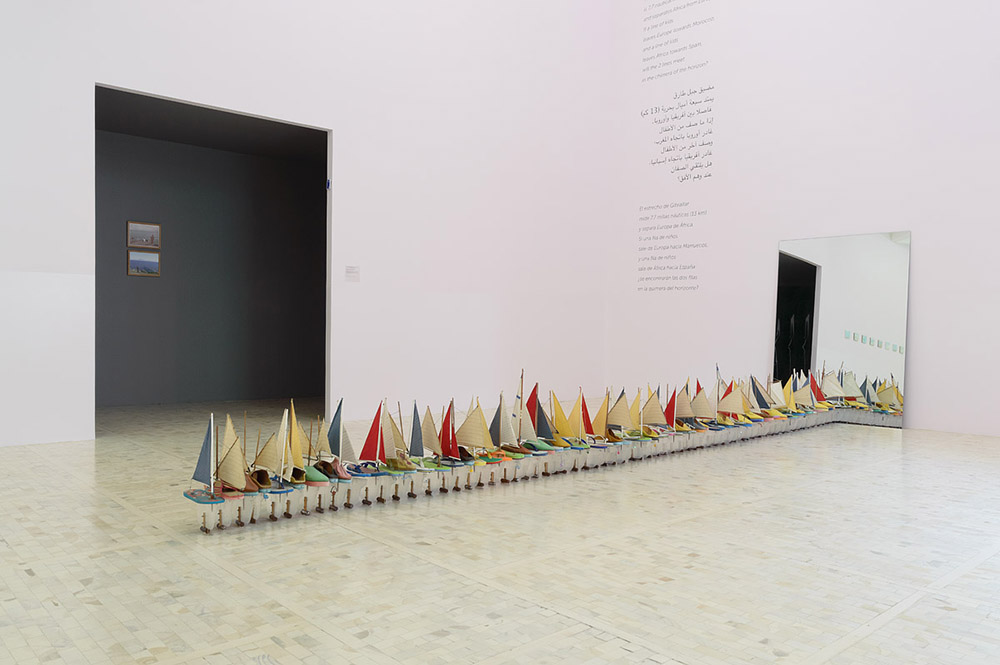ART CITIES:Seoul-Francis Alÿs
 One of the most compelling artists working today, Francis Alÿs offers a thought-provoking point of view on the times in which we live, raising issues and articulating approaches that allow us to engage our world with new perspectives. Creating work that is equal poetic, political, beautiful and absurd, Francis Alÿs engages directly with urgent social issues, from the war in Afghanistan to border politics around the world.
One of the most compelling artists working today, Francis Alÿs offers a thought-provoking point of view on the times in which we live, raising issues and articulating approaches that allow us to engage our world with new perspectives. Creating work that is equal poetic, political, beautiful and absurd, Francis Alÿs engages directly with urgent social issues, from the war in Afghanistan to border politics around the world.
By Efi Michalarou
Photo: Art Sonje Center Archive
In “The Logbook of Gibraltar”, his first solo exhibition in Korea, Francis Alÿs portrays his views on the contested borders and socio-political concerns of international society including Mexico City with his painterly moving images and drawings. Francis Alÿs uses his typical metaphoric and poetic language to present geopolitical issues from regions where conflicts regarding national borders persist, centering on Havana, Key West, and the Strait of Gibraltar between the African and European continents. The artist presents a series of his recent works including the two-channel video, “Don’t Cross the Bridge Before You Get to the River” (2008) as its key work. The Strait of Gibraltar was a strategic location, and the center of conflict between the great powers. Its width, which is only 13 km, could hypothetically make it possible to connect Africa and Europe with boats, and this idea is coupled with kids’ imaginations and poetic gestures. In this remarkable project a line of kids each carrying a boat made out of a shoe leaves Europe in the direction of Morocco, while a second line of kids with shoe-boats leaves Africa in the direction of Spain. Will the two lines meet on the horizon? “Shoeboat” is an installation piece with 64 pairs of shoes. The boats the kids made out of their shoes replace physical bridges and fishing boats, thereby transforming the kids into giants from fairy tales who walk towards the horizon. This project becomes a fable with kids’ games used to illustrate the belief in the possibility of change. On presentation also is the single-channel video, “Bridge/Puente” (2006), the first iteration of his bridge projects, is a commentary on the tension between the Cuban immigrants and the U.S. Immigration authorities. In the video, the fishermen from Havana and Key West among whom tension still lingers from the unresolved conflict start from either end of the coast to line up their boats to create the illusion of building a floating bridge. This exhibition also presents Francis Alÿs’ works with diverse media, including 22 paintings, video pieces and installations such as “Painting/Retoque” (2008). Alÿs combined painting with performative action, again merging the poetic with the political. The artist meticulously repainted sixty yellow median strips on a road in the former American Panama Canal Zone, the territory joining the Atlantic and Pacific oceans. In this case, Alÿs created a “found” painting in a public space charged with memories of past political conflicts. The gesture of wielding the brush became an act of healing in a traumatized territory. The “Loop” (1997) is a reaction to the United States’ ever-tightening immigration policies. Alÿs began to participate in international biennials in the mid-1990s. In 1997 he contributed to InSite, an exhibition held in the border region between San Diego, California, and Tijuana, Mexico. He used his commission fee to travel south from Tijuana, across to Australia, north up the Pacific Rim and south through Alaska, Canada, and the United States, reaching San Diego without having crossed the Mexico-US border. This seemingly extravagant action at once addressed the difficulties faced by Mexican citizens when trying to visit the US, and the excesses of art world travel in the 1990s. As has been his custom, Alÿs disseminated this work through the postcard available to visitors here, spreading the ideas of the action to a global audience.
Info: Curator: Sunjung Kim, Assistant Curator: Heehyun Cho, Art Sonje Center, 87 Yulgok-ro 3-gil, Jongno-gu, Seoul, Duration: 31/8-4/11/18, Days & Hours: Tue-sun 12:00-17:00, http://artsonje.org




